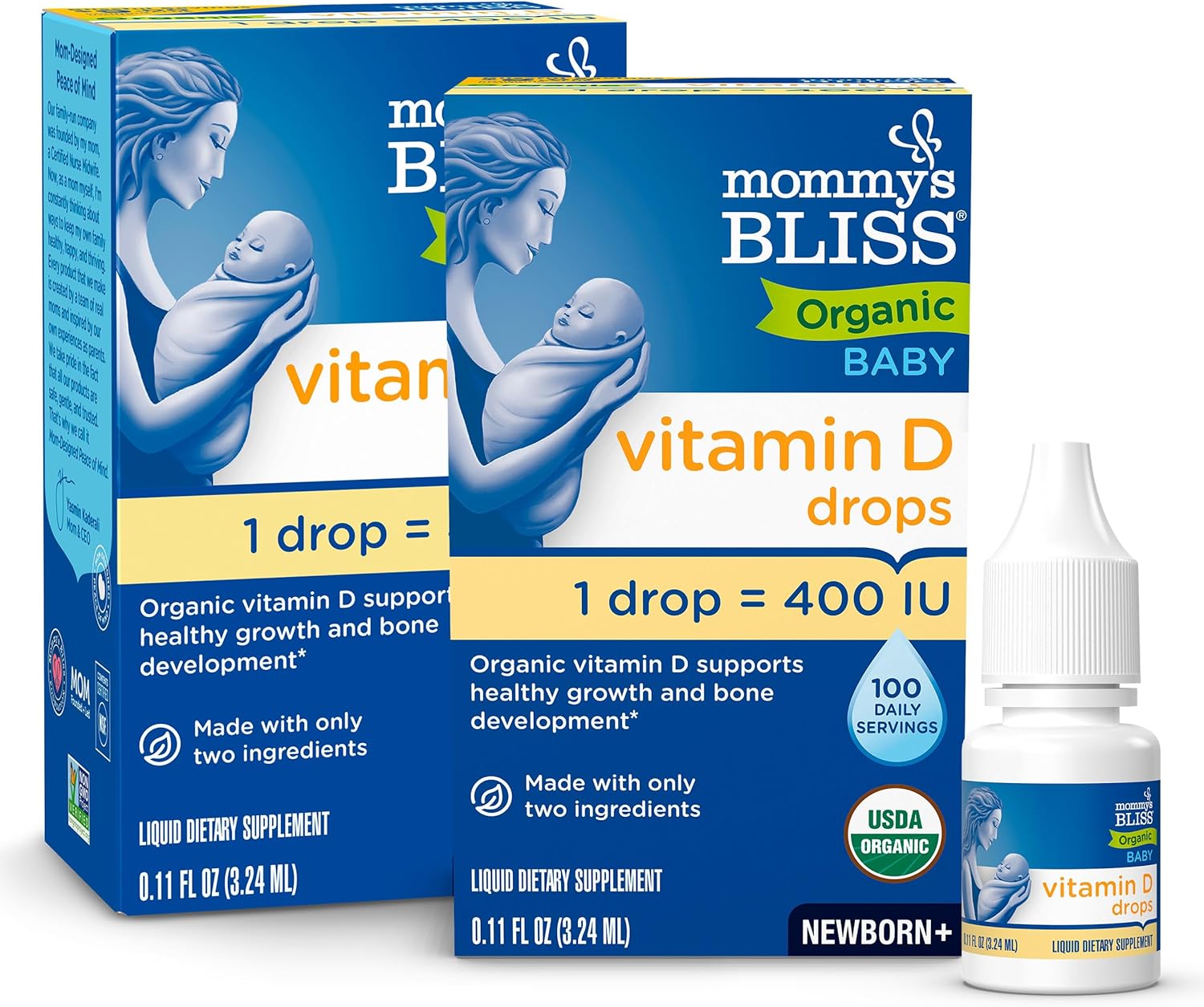








Price: $27.98
(as of Apr 06, 2025 23:49:32 UTC - Details)
The Best Way to Take Vitamin D: A Comprehensive Guide
Introduction
Vitamin D is essential for our health, playing a crucial role in bone health, immune function, and overall well-being. Many people wonder, "What’s the best way to take vitamin D?" This article aims to answer that question while providing useful insights into different forms of vitamin D, how to incorporate it into your daily routine, and the benefits it offers. Whether you're looking to boost your immune system or enhance your bone health, understanding the best methods to take vitamin D can significantly impact your overall health.
Understanding Vitamin D
What is Vitamin D?
Vitamin D is a fat-soluble vitamin that helps the body absorb calcium, which is vital for maintaining strong bones. It also supports our immune system, brain function, and has been linked to mood regulation.
Types of Vitamin D
When exploring how to take vitamin D, it’s essential to know the two main types: D2 (ergocalciferol) and D3 (cholecalciferol). Vitamin D3 is generally considered more effective at raising blood levels of vitamin D.
Best Sources of Vitamin D
Natural Sources of Vitamin D
One of the best ways to take vitamin D is through natural sources. The sun is a significant provider of vitamin D. When your skin is exposed to sunlight, it produces vitamin D naturally. However, factors like skin type, time of day, and geographic location can affect how much vitamin D your body can produce.
Foods Rich in Vitamin D
Incorporating foods rich in vitamin D into your diet is another excellent way to ensure you’re getting enough of this vital nutrient. Some foods high in vitamin D include:
- Fatty fish (like salmon and mackerel)
- Cod liver oil
- Fortified dairy products
- Egg yolks
- Fortified cereals
Vitamin D Supplements
Choosing the Right Supplement
If you find it challenging to get enough vitamin D from sunlight or food, supplements can be a practical solution. When selecting a vitamin D supplement, look for:
- Vitamin D3 over D2 for better absorption.
- Products that have been third-party tested for quality.
How to Take Vitamin D Supplements
The best way to take vitamin D supplements is to consume them with a meal that contains fat, as this enhances absorption. Many people find it convenient to take their vitamin D at breakfast or dinner.
The Right Dosage of Vitamin D
Recommended Daily Allowance
Determining the right dosage is crucial for maximizing the benefits of vitamin D. The recommended daily allowance varies by age, but most adults require around 600 to 800 IU per day.
Factors Influencing Dosage
Your individual needs may vary based on factors such as:
- Age
- Skin color
- Geographic location
- Existing health conditions
Consulting with a healthcare provider can help you determine the right dosage for your specific needs.
Benefits of Taking Vitamin D Regularly
Bone Health
One of the primary benefits of taking vitamin D is its role in maintaining strong bones. It helps your body absorb calcium, which is essential for bone formation and maintenance.
Immune System Support
Vitamin D has been shown to enhance the pathogen-fighting effects of monocytes and macrophages — white blood cells that are crucial for your immune defense. Keeping your vitamin D levels optimal can help support your immune system, especially during cold and flu season.
Mood Regulation
Research suggests that vitamin D may play a role in mood regulation and could help combat feelings of depression. Ensuring adequate vitamin D levels may contribute to improved mental health.
Common Myths About Vitamin D
Myth: You Can Get Enough Vitamin D from Food Alone
While some foods contain vitamin D, it’s often challenging to get adequate amounts solely through diet. Sun exposure and supplements may be necessary to meet your needs.
Myth: Sun Exposure is Always Enough
Not everyone can rely on sun exposure for vitamin D. Factors like skin tone, age, and geographic location can limit the amount of vitamin D your body can produce from sunlight alone.
Conclusion
In summary, understanding the best way to take vitamin D involves knowing its sources, types, dosage, and benefits. Whether you choose natural sunlight, dietary sources, or supplements, maintaining optimal levels of vitamin D is crucial for your health. By incorporating these strategies into your daily routine, you can enhance your well-being and ensure that your body gets the vitamin D it needs to thrive. Remember, consulting with a healthcare provider can help tailor your vitamin D intake to your specific health needs.
Vitamin D Drops for Babies: The American Academy of Pediatrics recommends 400 IU of vitamin D daily for many breastfed babies to promote healthy growth and bone development.* Easy to remember, when giving them what they need only takes one drop
USDA Certified Organic and NSF Certified: Our infant vitamin D drops are independently tested and certified to meet standards for quality, safety and label claims
Easy-to-Use: May be mixed into formula, breast milk, juice or other foods. Do not administer directly into infant's mouth. Do not exceed recommended daily serving.
Non-GMO, Free of Top 8 Allergens, No artificial color and flavors: We believe simpler is better. That means in everything we make, we include only what you or your child needs and never anything they don't
Mom Designed Peace of Mind: Mommy's Bliss was founded by Roshan Kaderali, a mom and pediatric nurse, midwife and doula, on a mission to help moms everywhere bond with their babies by creating trusted products that incorporate wise ingredients
